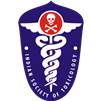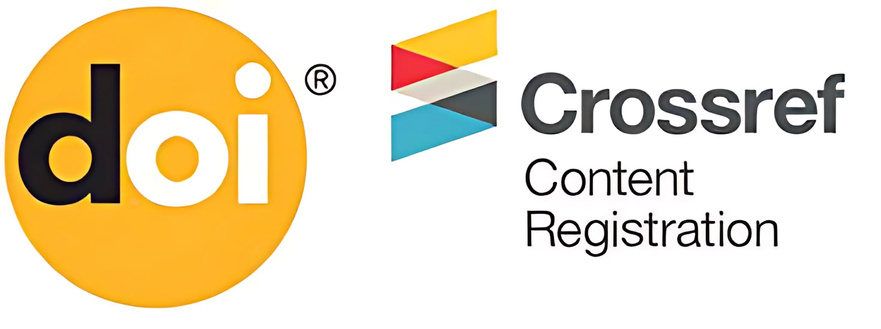Vol.2 Issue No.2 (2006): Journal of Indian Society of Toxicology
The Phase of Consolidation and Expansion
When the Indian Society of Toxicology was formed in 2004, we were a fledgeling group of half a dozen
members who started small but dreamt big. Two years down the line, and our dreams are taking shape faster than we could have ever imagined. Today IST is a bustling and energetic organization comprising an incredible 125 life members, and scores of annual members join each year, many of whom become "lifers" on getting to know about the Society's unstinting focus on academics. Inevitably, we have had to expand the Executive Committee to lend a national character to the Society which now has members from Kashmir to Kanyakumari (to use a hackneyed expression). We decided to go for nominations rather than the ballot in order to keep the Society free of unhealthy politics which is the bane of most professional organizations in the country. The final list for 2007 is published in this issue. A new team will take over in 2008, again on the basis of credentials and activities.
While our first annual conference (TOXOCON-1) was a huge hit in 2005 setting the stage for future conferences, TOXOCON-2 held this year was an even bigger event (in terms of quality, and not quantity). The 2005 conference being an inaugural event had no specific theme, but the event this year was dedicated to the theme of snakebite, and this will be the trend for the future. Each subsequent issue of TOXOCON will showcase a particular aspect of poisoning in the Indian Sub-continent. TOXOCON-3 to be held at Mangalore, Karnataka in April 2007 will focus on pesticides, with particular reference to organophosphates and carbamates. The idea is the same as in the case of its forerunner: to develop an effective protocol for the management of poisoning with these compounds that will be disseminated subsequently through IST and other professional organizations to all major hospitals in the country. The protocol for management of snakebite evolved in TOXOCON-2 is presently being scrutinized by the World Health Organization, and following its approval will be released to the Indian medical fraternity.
As far as our journal (JIST) is concerned, the progress has been steady and immensely satisfying. We now have an online version at www.indianjournals.com, and the subscription base is widening not only in India, but also abroad. This is reflected in this particular issue in the form of articles from several foreign countries. When quality is maintained, you don't have to advertise, or canvass for articles! The journal will begin to speak for itself. A fact that undoubtedly will be echoed by all our readers and subscribers when they peruse the contents of each issue.
Long live the Indian Society of Toxicology!



